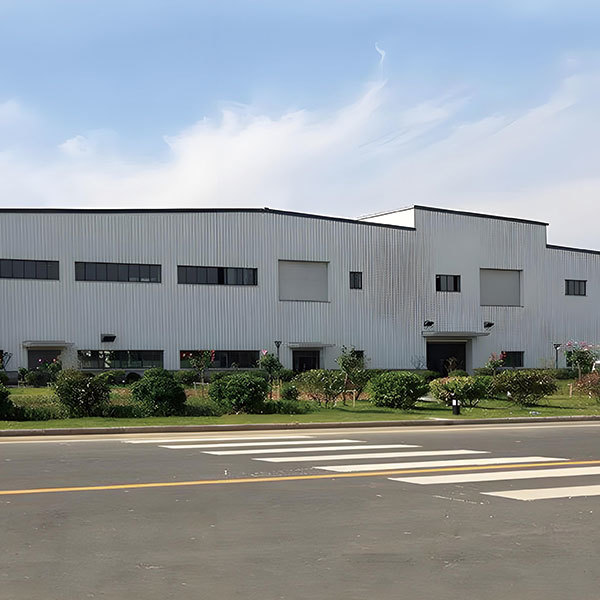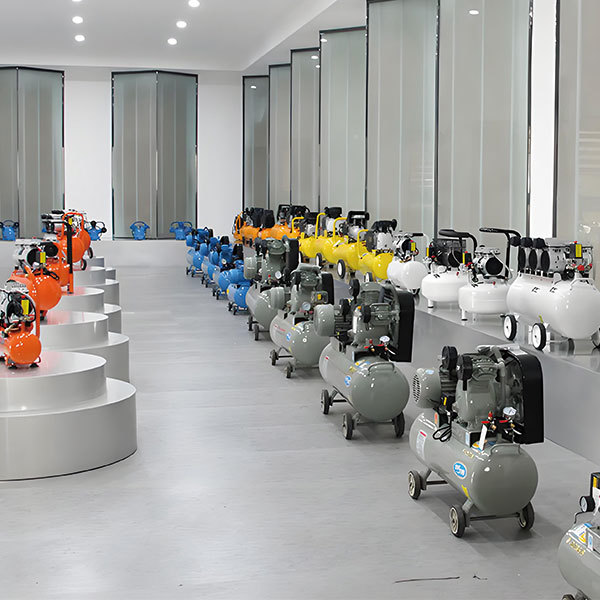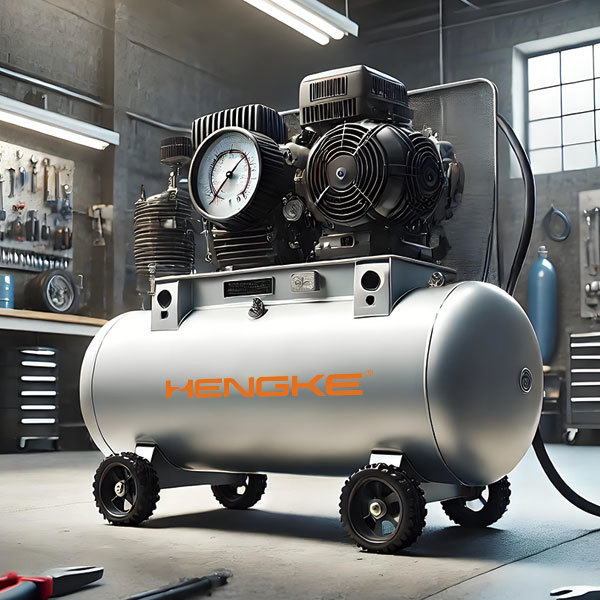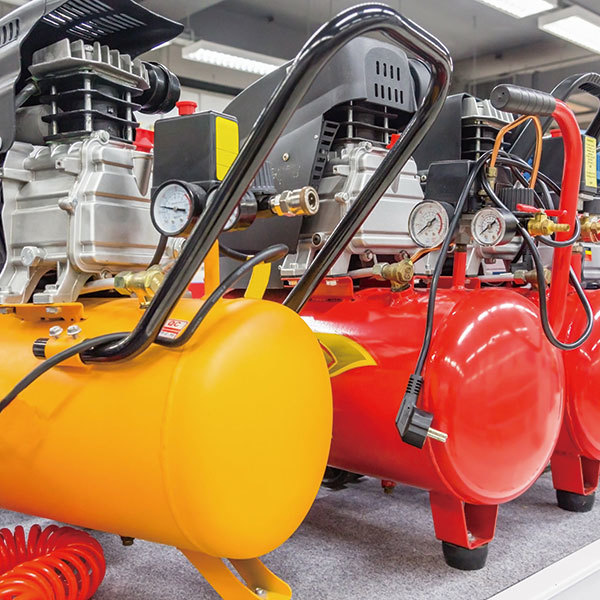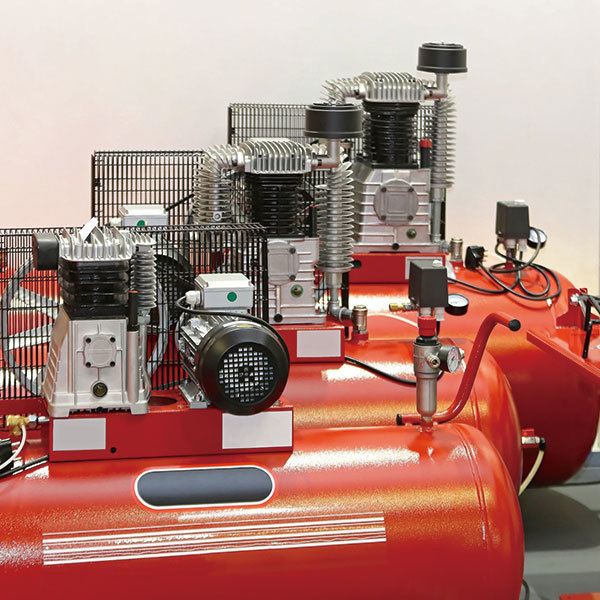Blog
Unlocking Efficiency: How a Belt Air Compressor Can Transform Your Workshop
2025-03-14
Unlocking Efficiency: How a Belt Air Compressor Can Transform Your Workshop
Table of Contents
- Introduction to Belt Air Compressors
- Understanding Belt Air Compressors
- Benefits of Using Belt Air Compressors in Workshops
- Applications of Belt Air Compressors in Automotive and Mechanical Work
- Choosing the Right Belt Air Compressor for Your Workshop
- Maintenance and Care for Optimal Performance
- Troubleshooting Common Issues with Belt Air Compressors
- The Future of Belt Air Compressors in Workshops
- Conclusion
- FAQs about Belt Air Compressors
Introduction to Belt Air Compressors
In the world of workshops, efficiency is paramount. One tool that significantly enhances operational efficiency is the **belt air compressor**. This device is not only pivotal for various applications in mechanics and automotive work but also serves to streamline workflows, reduce downtime, and improve overall productivity. In this article, we will explore the remarkable capabilities of belt air compressors and how they can **transform your workshop** into a more efficient workspace.
Understanding Belt Air Compressors
A belt air compressor operates using a belt-driven mechanism to compress air, which is then stored in a tank for various uses. Unlike direct-drive compressors, which power the pump directly from the motor, belt-driven compressors utilize a pulley system that allows for larger pumps and longer operational life. This design is often preferred in larger workshops due to the following reasons:
Efficiency and Power
Belt air compressors are typically more efficient than their counterparts. The belt system allows the motor to run at lower RPMs, reducing wear and tear while still delivering significant power for demanding tasks.
Noise Levels
These compressors generally operate at lower noise levels, making them an excellent choice for environments where sound reduction is crucial. The extra distance between the motor and the pump dampens vibrations, leading to quieter operation.
Durability and Longevity
With proper maintenance, belt air compressors tend to have a longer lifespan. The belt-driven mechanism reduces the stress on the motor, allowing for extended operational periods without frequent breakdowns.
Benefits of Using Belt Air Compressors in Workshops
The advantages of incorporating a belt air compressor into your workshop setup are numerous and impactful. Here are some of the most significant benefits:
Increased Productivity
With a reliable and powerful air compressor, tasks such as painting, sanding, and inflating can be completed more efficiently, ultimately speeding up project timelines.
Versatile Applications
Belt air compressors can power a wide range of tools and equipment, including pneumatic wrenches, nail guns, and spray guns, making them indispensable in a workshop setting.
Cost-Effectiveness
While the initial investment may be higher, the long-term cost savings from energy efficiency, reduced maintenance, and increased productivity make belt air compressors a cost-effective solution for businesses.
Improved Quality of Work
With consistent air pressure and flow, the quality of work significantly improves, leading to enhanced finishes and better overall results in automotive and mechanical projects.
Applications of Belt Air Compressors in Automotive and Mechanical Work
Belt air compressors are versatile and can be utilized in various applications within the automotive and mechanical industries:
Automotive Repair and Maintenance
From tire inflation to powering pneumatic tools, belt air compressors are vital in automotive workshops. They help technicians perform repairs efficiently and accurately.
Painting and Finishing
In automotive body shops, belt air compressors supply air to spray guns, ensuring a smooth and even coat of paint. This application is crucial for achieving high-quality finishes.
Manufacturing Processes
In manufacturing environments, these compressors supply air for various machinery, enhancing productivity on assembly lines and ensuring consistent operation.
Choosing the Right Belt Air Compressor for Your Workshop
Selecting the appropriate belt air compressor is essential for optimizing its performance in your workshop. Consider the following factors:
Compressor Size and Capacity
Evaluate the size of the compressor based on your workshop's needs. Larger compressors can handle more extensive tasks but may be less efficient for smaller jobs.
CFM Rating
The Cubic Feet per Minute (CFM) rating indicates the volume of air the compressor can deliver. It’s crucial to choose a compressor with a CFM rating that matches the requirements of your tools.
Tank Size
A larger tank can store more compressed air, providing a steady supply for demanding tasks. Smaller tanks may be suitable for lighter applications.
Portability
If your workshop requires mobility, consider a belt air compressor with wheels or a lightweight design for easy transportation.
Maintenance and Care for Optimal Performance
To ensure your belt air compressor operates efficiently, regular maintenance is essential:
Regular Oil Changes
Maintain the compressor by changing the oil according to the manufacturer’s recommendations. Clean oil ensures the motor runs smoothly and efficiently.
Inspect Belts and Hoses
Regularly check belts for wear and tear as well as hoses for leaks. Replacing damaged belts or hoses promptly prevents costly downtime.
Keep the Compressor Clean
Dust and debris can affect performance. Regularly clean the compressor and its surroundings to ensure optimal airflow and cooling.
Troubleshooting Common Issues with Belt Air Compressors
Even with proper maintenance, issues may arise. Here are some common problems and solutions:
Compressor Won't Start
Check the power supply and ensure the compressor is plugged in. Inspect the circuit breaker and reset if necessary.
Low Pressure
If the compressor is not reaching the desired pressure, check for leaks in the hoses or fittings, and ensure the regulator is set correctly.
Excessive Noise
Loud noises may indicate worn bearings or loose components. Inspect and tighten any loose parts or consider replacing worn elements.
The Future of Belt Air Compressors in Workshops
As technology advances, the future of belt air compressors looks promising. Innovations in efficiency, automation, and energy-saving technologies are likely to enhance their performance and usability. The integration of smart technologies may allow for more precise control and monitoring, further increasing the operational efficiency of these essential tools in workshops.
Conclusion
A belt air compressor is an invaluable asset for any workshop, significantly enhancing efficiency, productivity, and the quality of work produced. By understanding its functionality, benefits, and applications, you can make an informed decision about incorporating this powerful tool into your operations. With proper maintenance and care, a belt air compressor will serve as a reliable workhorse, transforming your workshop into a hub of efficiency and innovation.
FAQs about Belt Air Compressors
1. What is the main advantage of a belt air compressor compared to a direct-drive compressor?
The primary advantage is efficiency. Belt air compressors operate at lower RPMs, leading to reduced wear and a longer lifespan.
2. How often should I perform maintenance on my belt air compressor?
Maintenance should be performed regularly, typically every 100 hours of operation, including oil changes and inspections of belts and hoses.
3. Can a belt air compressor be used for commercial applications?
Yes, belt air compressors are suitable for commercial applications due to their efficiency and ability to handle high-demand tools and equipment.
4. What should I do if my compressor is making unusual noises?
Inspect the machine for loose parts or worn bearings. If necessary, consult a professional for repairs.
5. Are there energy-efficient models available?
Yes, many manufacturers are producing energy-efficient belt air compressors designed to reduce energy consumption while maintaining performance.
By incorporating a belt air compressor into your workshop, you can significantly enhance your operational efficiency and achieve superior results in your projects.

